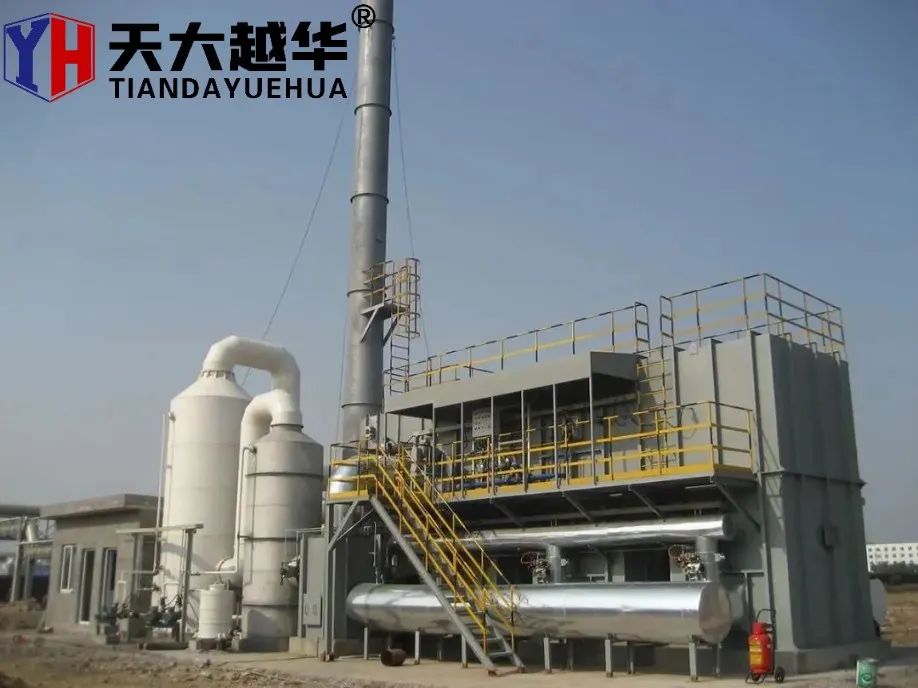Mastering Control: Exploring the Types of Control Systems in Oxidizer Incinerator RTOs
2024-04-08
In the realm of industrial air pollution control, Oxidizer Incinerator Regenerative Thermal Oxidizers (RTOs) reign supreme, employing advanced technology to neutralize harmful pollutants emitted during manufacturing processes. Integral to their operation are sophisticated control systems that govern various aspects of the incineration process, ensuring optimal performance, efficiency, and compliance with regulatory standards. In this blog, we'll delve into the types of control systems used in Oxidizer Incinerator RTOs, exploring their functionalities and significance in environmental stewardship.
1. PLC-Based Control Systems
Programmable Logic Controller (PLC)-based control systems serve as the backbone of Oxidizer Incinerator RTOs, providing centralized control and monitoring of the incineration process. PLCs are industrial-grade computers equipped with specialized software and hardware components, capable of executing complex control algorithms and logic sequences. In RTOs, PLCs regulate parameters such as temperature, airflow, pressure, and valve positions, orchestrating the various stages of the incineration cycle with precision and accuracy. PLC-based control systems offer flexibility, scalability, and reliability, making them well-suited for the demanding requirements of RTO operation.
2. SCADA Systems
Supervisory Control and Data Acquisition (SCADA) systems complement PLCs in Oxidizer Incinerator RTOs, providing operators with real-time visualization, monitoring, and control capabilities. SCADA software interfaces with PLCs to display critical process data, alarms, and trends in a user-friendly graphical format, allowing operators to monitor system performance and make informed decisions. SCADA systems offer remote access functionality, enabling operators to monitor and control RTOs from centralized control rooms or mobile devices, enhancing operational efficiency and responsiveness.
3. Burner Management Systems (BMS)
Burner Management Systems (BMS) play a vital role in controlling the combustion process within Oxidizer Incinerator RTOs, ensuring safe and reliable operation of burners and combustion equipment. BMS systems monitor parameters such as fuel flow, air-to-fuel ratio, ignition status, and flame stability, implementing safety protocols and interlocks to prevent hazardous conditions such as flameouts or fuel leaks. In the event of abnormal operating conditions, BMS systems initiate emergency shutdown procedures to mitigate risks and protect personnel and equipment.
4. Emission Monitoring Systems (EMS)
Emission Monitoring Systems (EMS) are integral components of Oxidizer Incinerator RTOs, providing continuous monitoring and measurement of pollutant concentrations in exhaust gases. EMS systems utilize sensors, analyzers, and sampling probes to detect and quantify emissions of volatile organic compounds (VOCs), hazardous air pollutants (HAPs), and other contaminants. Data collected by EMS systems enable operators to assess compliance with regulatory standards, optimize incineration parameters, and troubleshoot operational issues in real time.
5. Adaptive Control Algorithms
Some advanced Oxidizer Incinerator RTOs incorporate adaptive control algorithms that dynamically adjust operating parameters based on changing process conditions and environmental variables. Adaptive control algorithms utilize feedback from sensors and analytical instruments to optimize combustion efficiency, energy recovery, and pollutant destruction performance. By continuously adapting to fluctuations in waste streams, airflow rates, and ambient conditions, adaptive control systems maximize the effectiveness and efficiency of RTO operation while minimizing energy consumption and emissions.
Conclusion
In conclusion, the control systems employed in Oxidizer Incinerator RTOs play a pivotal role in orchestrating the incineration process with precision, efficiency, and safety. From PLC-based control systems and SCADA interfaces to burner management systems (BMS), emission monitoring systems (EMS), and adaptive control algorithms, each component contributes to the seamless operation and regulatory compliance of RTOs. By harnessing advanced control technology, Oxidizer Incinerator RTOs empower industries to achieve environmental stewardship, minimize emissions, and uphold their commitment to sustainability in the face of evolving regulatory requirements and industrial challenges.



